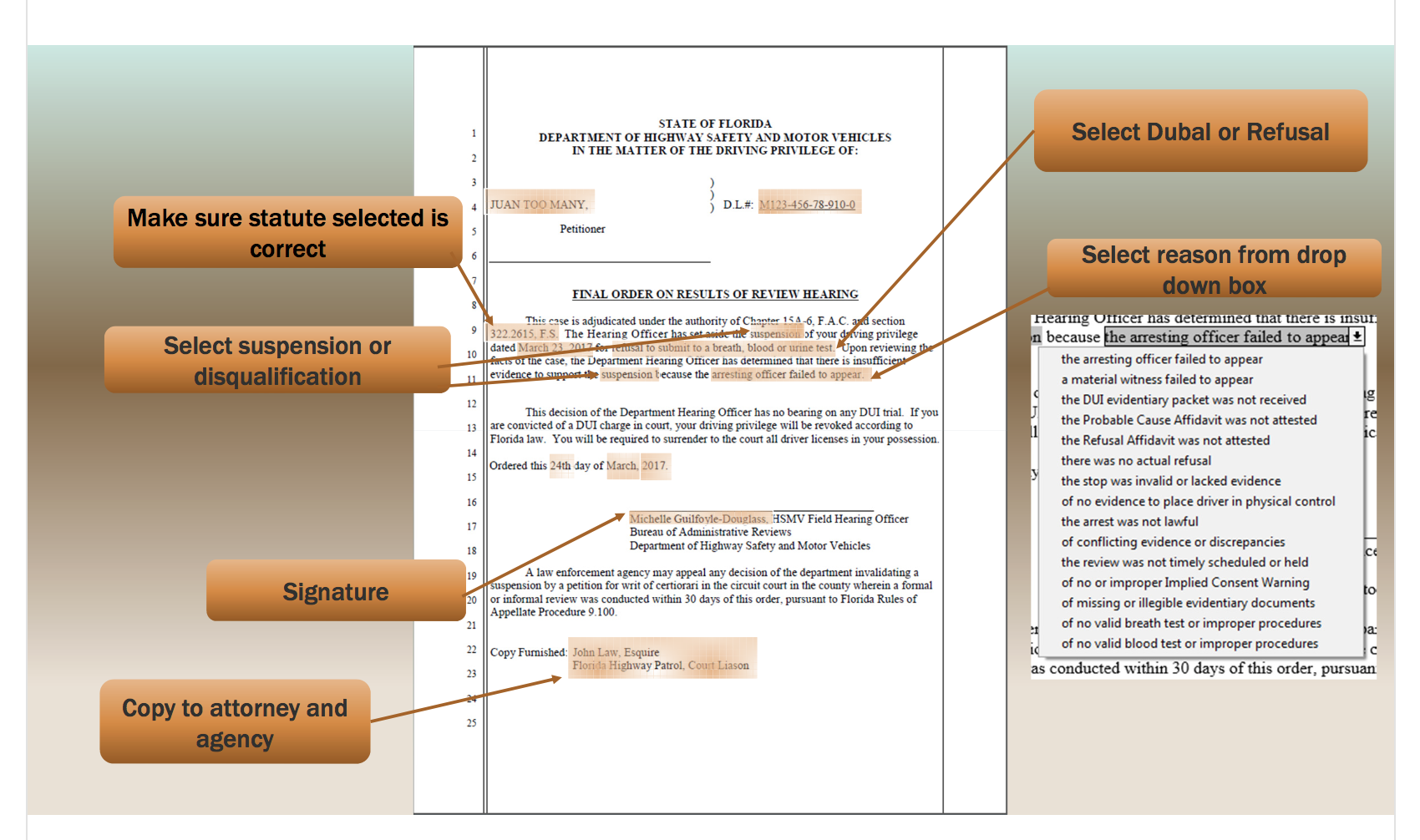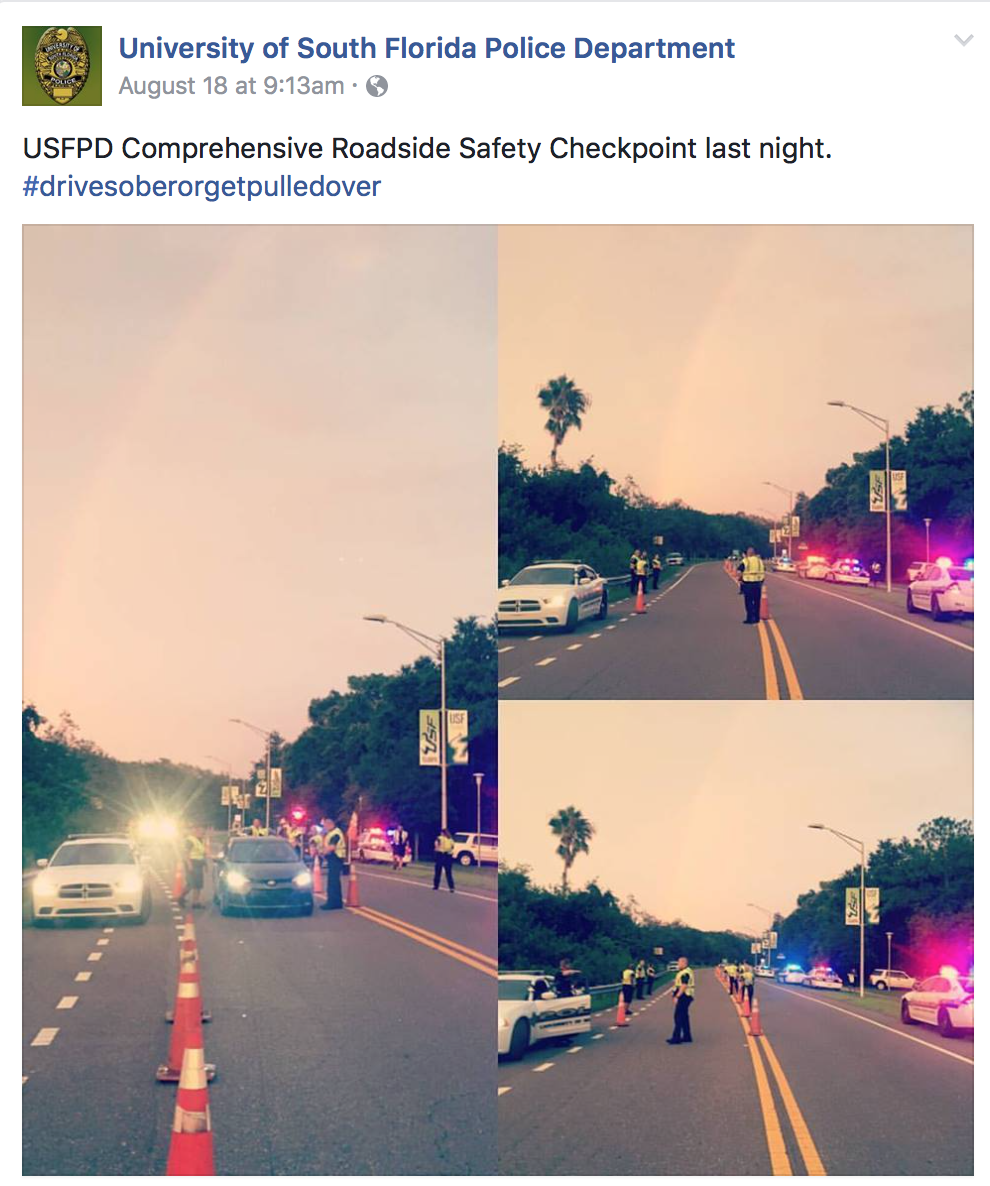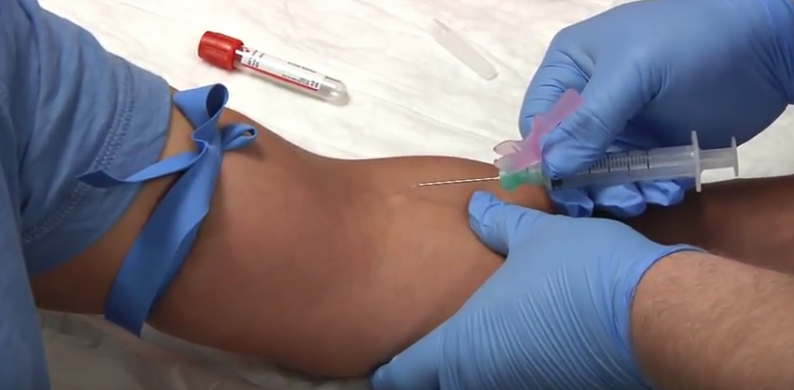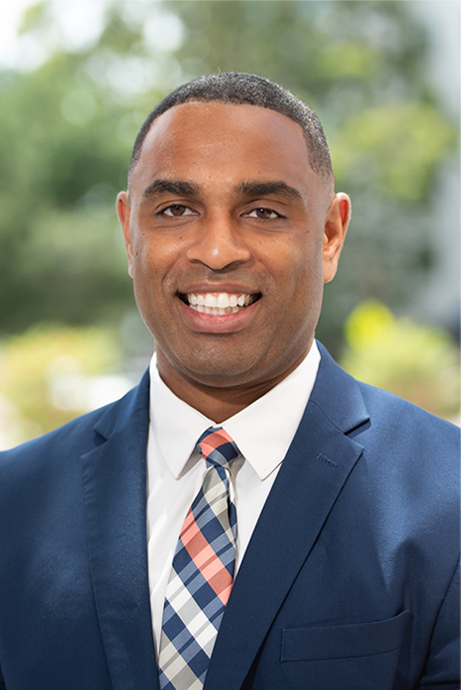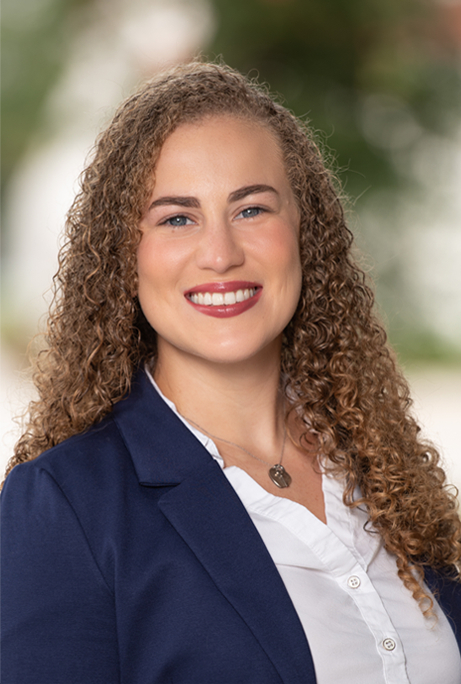
Do you lose your driver’s license for a DUI?
During the initial consultation, one of the most frequent questions is: “Will I lose my driver’s license because of the DUI?” The short answer is that it depends. After a DUI arrest, your driver’s license is impacted in two ways – the administrative suspension and the court-ordered suspension. The “On-the-Spot” Administrative Suspension First, the officer […]
